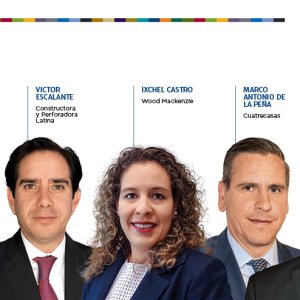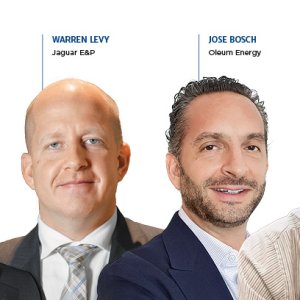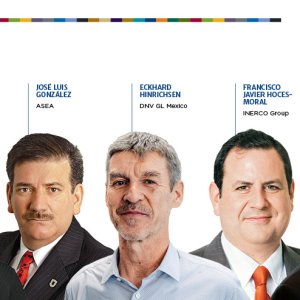
Developing an R&D Future
Moderator: Juan Pizano, Global Trade Advisory Services Partner at Deloitte Consulting Group
Panelist: Alejandro Rojo, Director of the Research Center for Automotive Mechatronics at ITESM Toluca
Panelist: Salvador Lecona, Deputy Director of the Graduate Program at CIDESI
Panelist: Jorge Vázquez, Director of the Innovation, Research and Development Center for Continental Automotive México
Panelist: Jorge Barrero, Partner and Lawyer at Santamarina + Steta
As automation and Industry 4.0 practices are increasingly incorporated in the manufacture of automotive products worldwide, Mexico needs to not only shine as a production hub but must also start engaging in R&D activities, panelists agreed at the Mexico Automotive Summit 2017 on Thursday in Mexico City.
Juan Pizano, Global Trade Advisory Services Partner at Deloitte Consulting Group, moderated the panel discussing the challenges and opportunities of engaging in engineering and design activities for the automotive industry. “The development of the automotive industry does not stop,” he said. “Fiction is taking the place of reality and products such as autonomous vehicles, security mechanisms for cars and pedestrians and some new manufacturing technologies could not have been imagined 10 years ago.” Pizano said that Mexico cannot fall behind in this ongoing global process.
One of the challenges that Alejandro Rojo, Director of the Research Center for Automotive Mechatronics at ITESM Toluca, identified is the lack of a solid series of interactions in the triple helix. “There is no virtuous relationship between academic institutions, industry and government to meet the needs of the industry,” he said. “Although there are some regions where interactions between academic institutions and the industry are evident, linkage between them in other regions is completely absent.” Dual education, Rojo said, is fundamental for the future of manufacturing because students need to learn by doing to cater to the new needs of an evolving automotive industry. “Promoting linkage between research centers and companies must take place so that people acquire the know-how on how to do things and academic institutions develop a technological base.”
On the other hand, Salvador Lecona, Deputy Director of the Graduate Program of CIDESI, suggested that academic institutions are going to great lengths to train students who meet the needs of the industry. “We are changing study plans and incorporating IoT, Industry 4.0 and Big Data concepts to the curricula,” he said. “But this is an ongoing process that does not provide immediate results.” He said that CIDESI is optimistic about the current level of linkage between academic institutions and the automotive industry, but that a key challenge to overcome is the image that the industry has of universities. “Automotive companies see academic institutions more as a supplier rather than as a partner,” he said. “This prevents companies from taking advantage of all the value that academic institutions can offer.” He pointed out that global trends are pushing for an evolution toward knowledge and skills that do not yet exist, but that Mexico can make Industry 4.0 and innovation its point of differentiation.
On behalf of the industry, Jorge Vázquez, Director of the Innovation, Research and Development Center for Continental Automotive Mexico, said the majority of automotive companies in Mexico are focused on manufacturing and too little is being done in terms of products and services for design and development activities. “Academic institutions do research based on the needs of the industry,” he said. “In other countries it is the industry that applies the knowledge and technology developed first by universities.” He said that Mexican institutions should be doing more instead of watching as the ongoing change occurs. “If academic institutions do not start showing some leadership, we will have to continue hauling it around,” he said. Innovation has more to do with the openness of directives toward it than with the quality of human engineering capital. “Innovation cannot just happen in a company where executives do not shelter it,” Vázquez said.
On Mexico’s ability to adaptation to the ongoing changes in the automotive industry and the development of engineering and design centers, Jorge Barrero, Partner and Lawyer at Santamarina + Steta, said the country needs to change the way it thinks about which activities are carried out here. “We are proud of ‘Made in Mexico,’ but we need to be proud of ‘Conceived in Mexico.’”
Barrero explained that as a general rule, engineering and design activities do not take place in Mexico but are imported. “Those who invest the most in R&D are foreign companies,” he said. “Domestic companies only do so marginally and usually employ CONACyT funds to this end.” According to Barrero, the country has lagged in education and it is the moment for a great leap because “innovation does not happen spontaneously, it must be sheltered.” Barrero pointed out that a well-thought policy that provides stimuli to support R&D in Mexico is strongly needed to engage in the new dynamics of the global industry.














